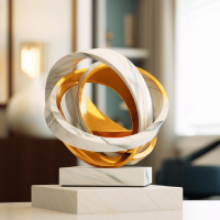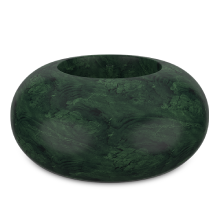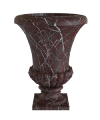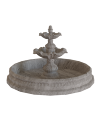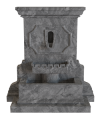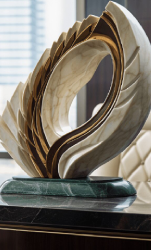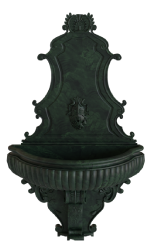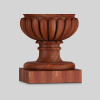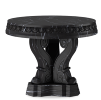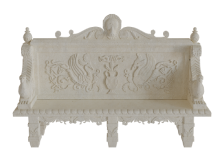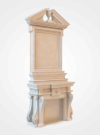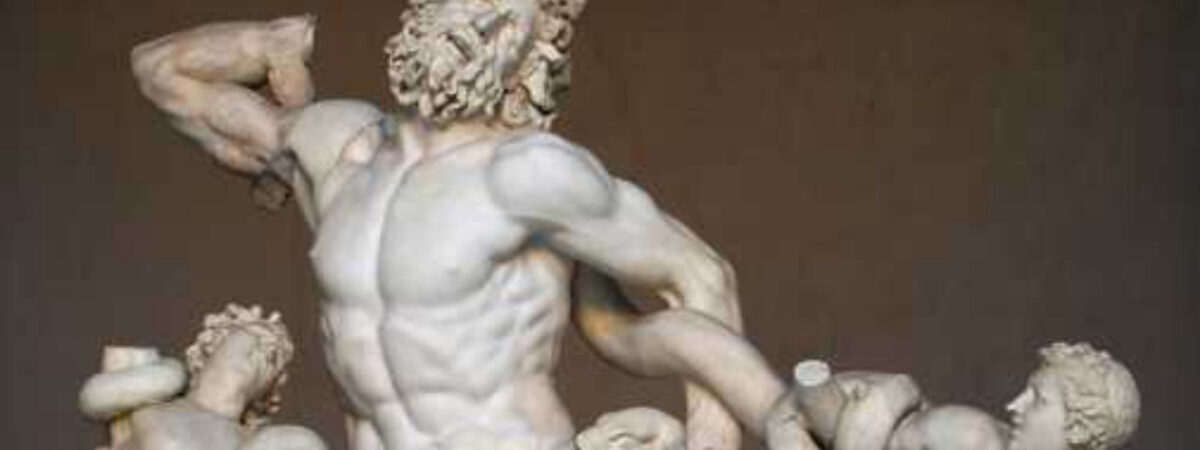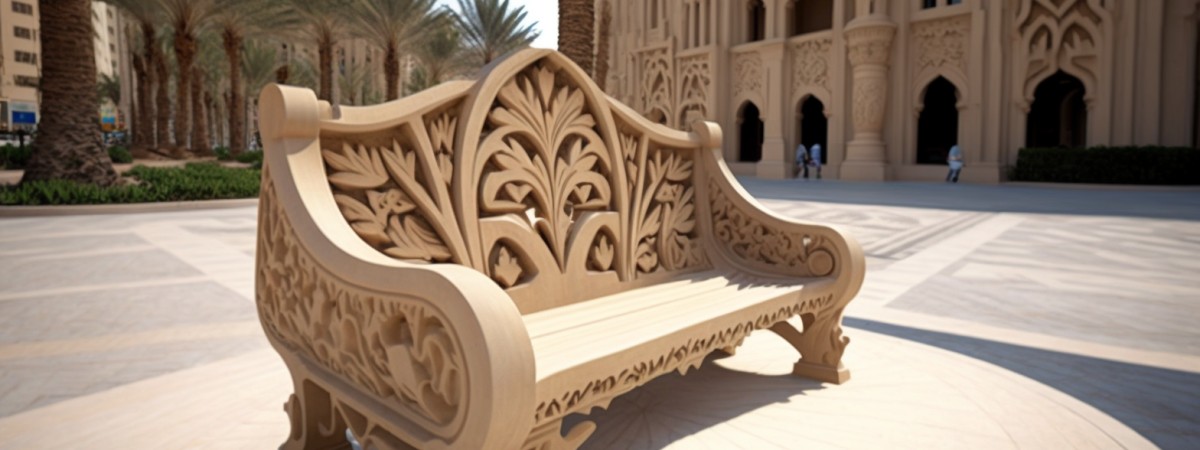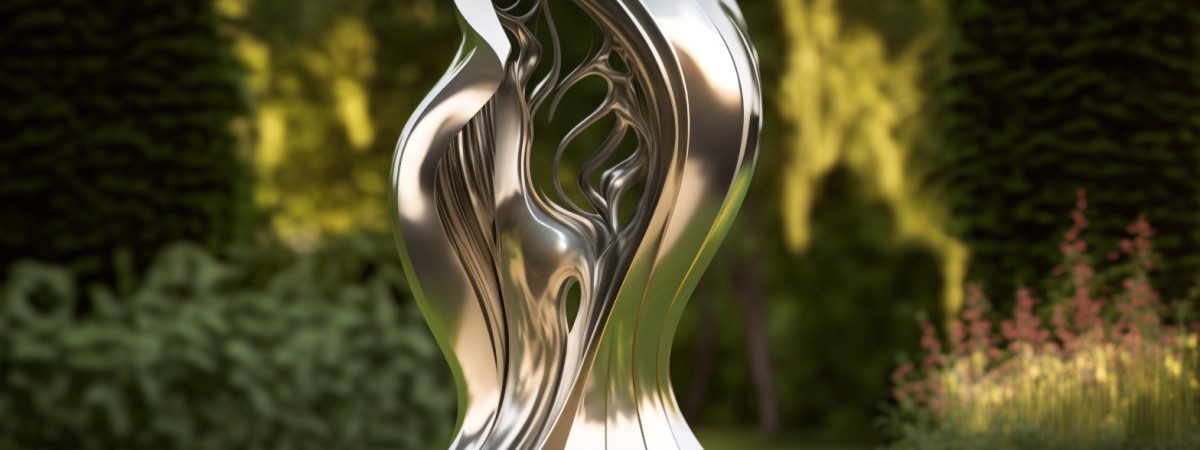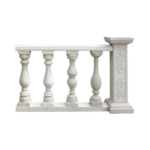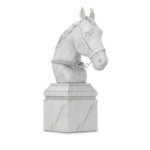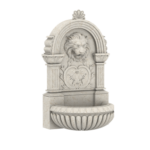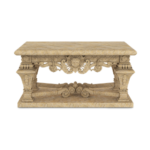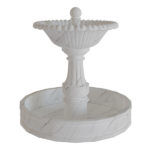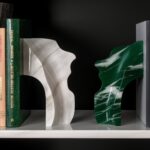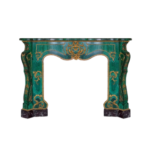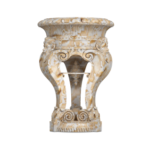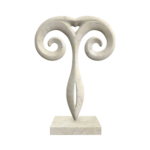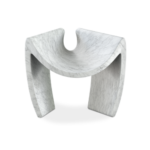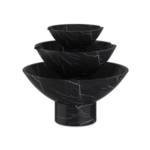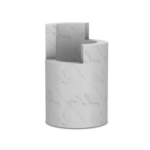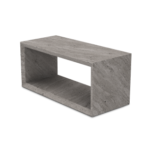July 2, 2021 Author: Admin
The Revival of Marble Art During Renaissance

Throughout history, mankind has carved and worked with Marble. During this time they developed a number of sculptural and architectural styles, often used in decor in the form of sculptures and carvings wall accents.
Marble has been one of the most treasured and valuable materials for creating sculptural and architectural feats of history.
Its radiant white with light gray veins creates a beautiful look on the stone, making it a timeless and everlasting piece of stone to create art with.
As time changes the usage of marble in art and the styles adopted by sculptors and artists alike are especially unique to each period.
Each period collectible in marble has a unique identity in it that represents and sometimes the society, mindset, and the culture it was created in.
The Middle Ages
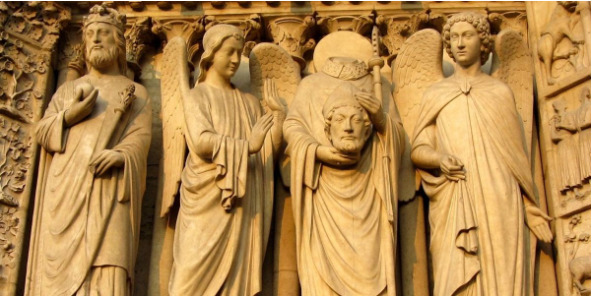
The pursuit for Marble sculptures was in all the rage between the fifth to the fifteenth century. And so artists continued to create sculptures.
However, unlike sculptors of antiquity, Medieval Marble artists renounced realism in desire for stylized depictions.
Similarly, in place of life-sized mythological, artistic or political figures, they created small collectible figurines and altarpieces embellished with relief carvings.
Foreign sculptors who lived outside Italy also worked around similar themes; however, they worked with ivory, stone, and wood, as Marble became scarce, inaccessible, and much more steeply-priced.
The Renaissance
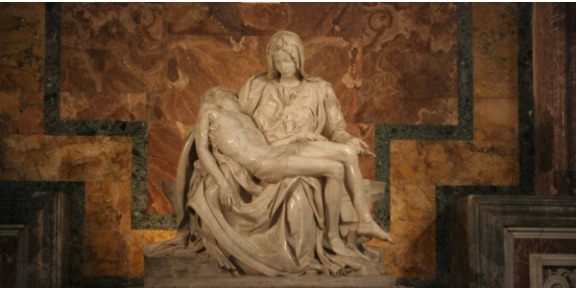
Artists throughout Europe advanced a renewed interest in Classical artwork during the Renaissance, from the fourteenth to the seventeenth century.
One of the many factors that the Renaissance artists revived was the appreciation and use of Marble.
This resulted in creating most of the famous sculptures in the world that we know of today.
The Italian Renaissance
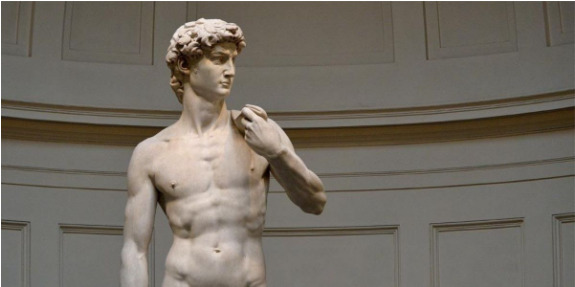
The Italian Renaissance again inspired artists to adopt an interest in naturalism.
Although the Italian Renaissance mainly flourished under painted and sketched artwork, Michelangelo was one of the very few lone rogues who labored as a sculptor.
With marble, he mastered sculpting and created iconic works of art; one among these would be the renowned statue of David.
The Northern Renaissance
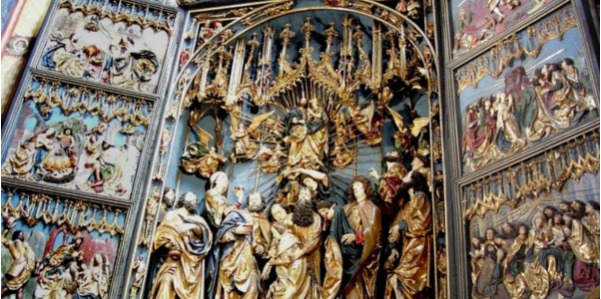
The Northern Renaissance’s artwork, much like their Italian counterparts, was inspired by the timeless aesthetic of classical antiquity.
While sculptors still mostly worked with wood, a few additionally dabbled with Marble.
A highlight of early Northern Renaissance Marble sculpture is the Well of Moses. A large-scale piece by Claus Sluter showcases his sculpting abilities with designs that showcase flowy and airy garments and beautiful details.
Baroque
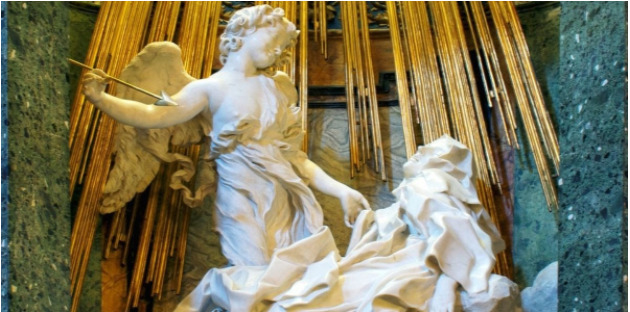
The Baroque movement swept across Europe right after the Renaissance.
This movement mainly depicted dramatic subjects that depend on a tremendously ornate and detailed aesthetic.
Marble sculptures made during this time embody this technique.
Artists like Gian Lorenzo Bernini, for example, specialized in intricately carving figures set in an extravagant environment and bringing a sense of momentum.
Modern Art
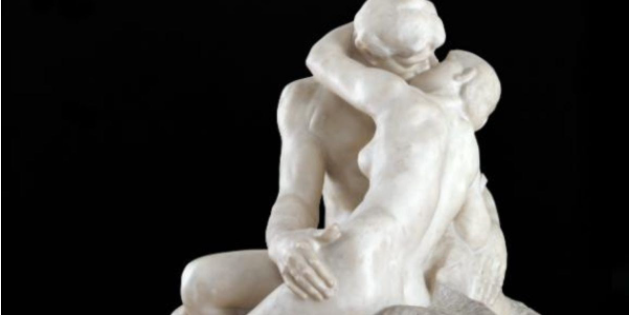
Auguste Rodin popularized figurative marble sculptures during the Modern Art movement.
His extravagant pieces show off his skill in sculpting and deep anatomical knowledge. He openly draws excellent inspiration from Michelangelo’s work.
Rodin once said- “Michelangelo revealed me to myself, revealed to me the truth of forms,” Rodin continues to explain that his skill was sharpened because he learned from Michelangelo.
Modernist artist Constantin Brancusi‘s sculptures, similar to Rodin, are also known to be far from what we call “traditional representation.” Instead, Brancusi’s glossy marble statues and works were renowned for their abstract nature and geometric strains with primitive motifs.
Marble Sculpture Today

Today, sculptors like Kevin Francis Gray, Matthew Simmonds, and Sibylle Pasch preserve to experiment with marble by creatively reimagining the craft and putting a contemporary twist on traditional and classical works of art.
The styles range from realistic representations to abstract portrayals. These pieces spotlight the versatility and timelessness of the historical medium.
Marble’s rich history has stood the test of time and is ever more relevant in today’s world of interiors and decor.
You can find timeless works of marble that can represent this rich history and your taste for elegance as you browse through our exquisite collection of marble decor and interior extensions. We’re also open to customizations!
